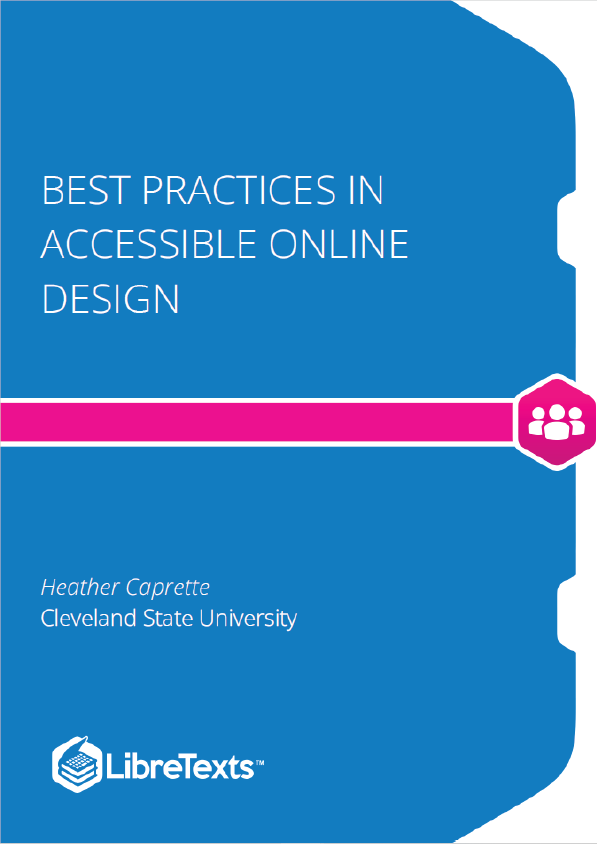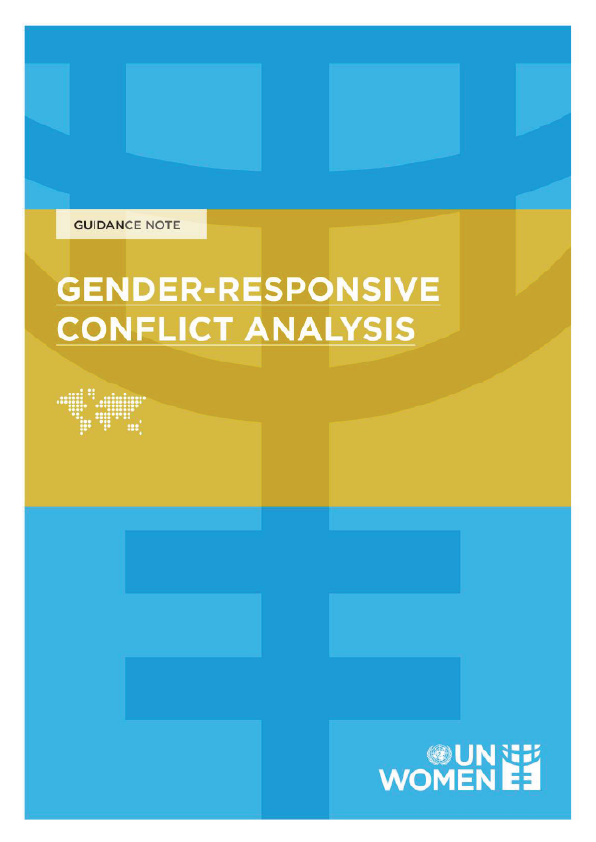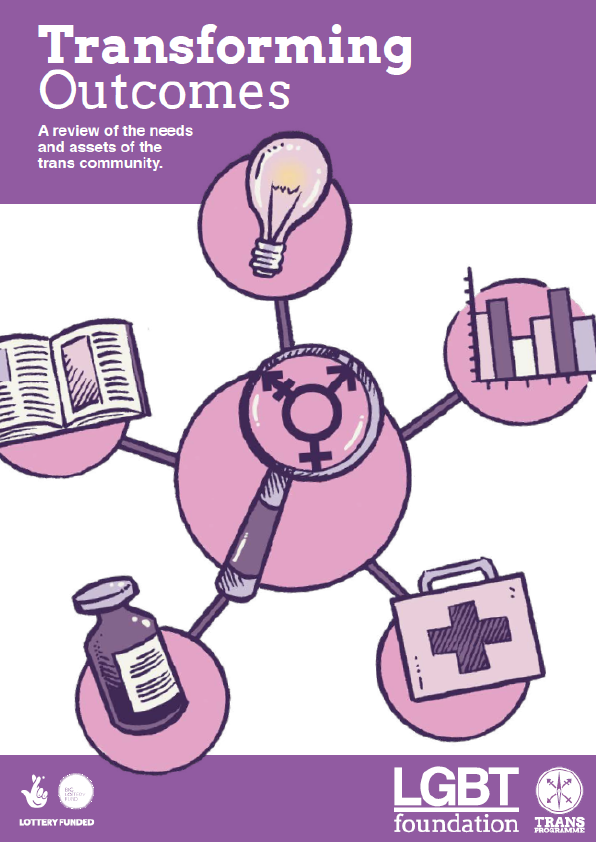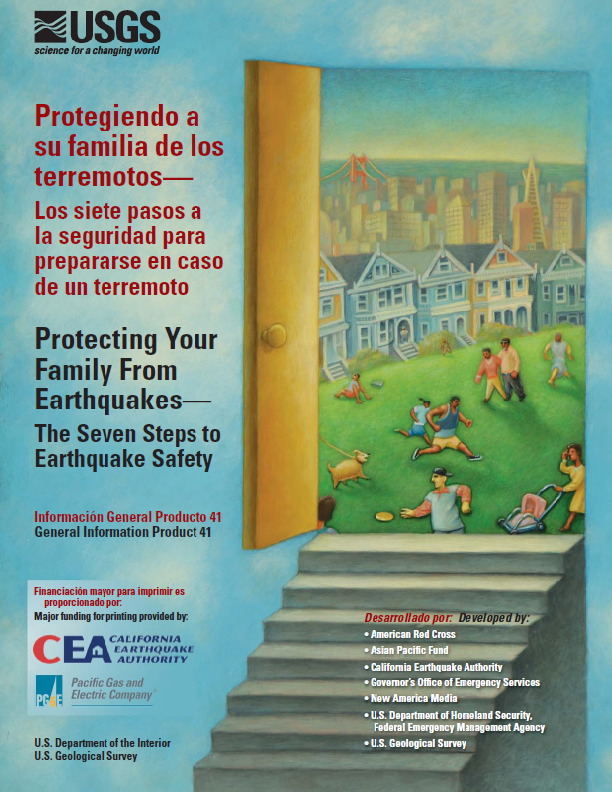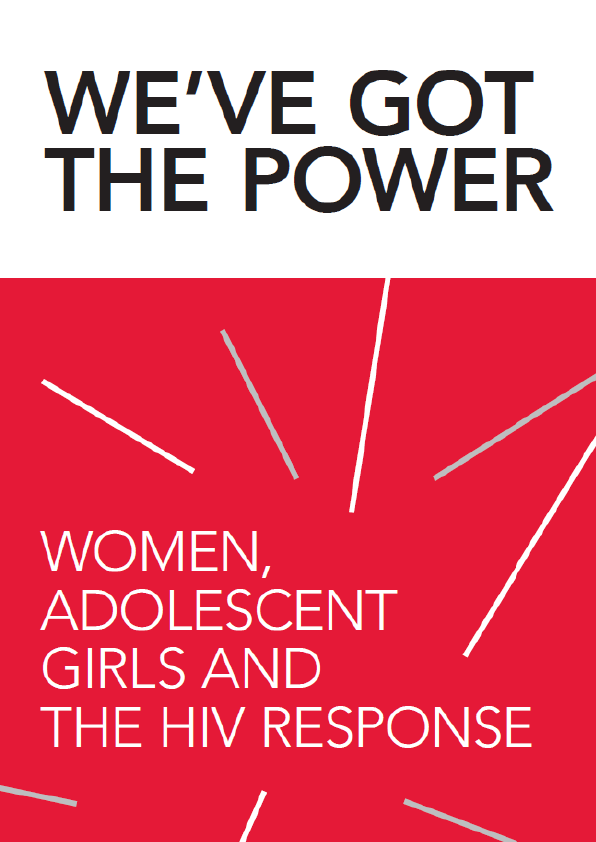Accessibility is the degree to which a product, service or environment is available to all users, including those with disabilities or special needs. It’s about our ability to participate in and belong to the world around us. The Office of Civil Rights, in a resolution agreement with South Carolina Technical College, said, “Accessible means a person with a disability is afforded the opportunity to acquire the same information, engage in the same interactions, and enjoy the same services as a person without a disability in an equally effective and equally integrated manner, with substantially equivalent ease of use.”
A similar concept is Universal Design. Universal Design is the proactive design of products and environments to be usable by all people, to the greatest extent, without the need for adaptation or specialized design. A curb cut is an example of something that is universally designed. It helps people in wheel chairs and using walkers navigate their environment, but it also benefits people pushing strollers and carts, pulling luggage, people on bicycles, and people on roller skates.
According to U.S. Code Title 42, Chapter 126, § 12102, a disability is a physical or mental impairment that substantially limits one or more major life activities of an individual. Major life activities include, but are not limited to, caring for oneself, performing manual tasks, seeing, hearing, eating, sleeping, walking, standing, lifting, bending, speaking, breathing, learning, reading, concentrating, thinking, communicating, and working.
A major life activity also includes the operation of a major bodily function, including but not limited to, functions of the immune system, normal cell growth, digestive, bowel, bladder, neurological, brain, respiratory, circulatory, endocrine, and reproductive functions.
In reality, we are all aging into disability.
Visual disabilities include blindness, low vision, tunnel vision, and central field loss in which there is loss of vision in the central portion of the eye. Auditory disabilities include deafness, hearing impairment and speech disabilities. Diseases such as Parkinson’s and arthritis can affect mobility, use of hands, eyes, coordination and fine motor control. Cognitive disabilities are highly variable and can include learning disability, dyslexia, and conditions that affect memory and attention.
Sometimes when people think of a person with a disability, they think of a condition that has existed since birth. Not all disabilities are present at birth and not all are permanent. A person may lose the use of his or her dominant arm or hand for a few months due to a fractured or broken bone, for example. A disability can happen to anyone of us and anytime.
Online we will be concerned with the accessibility of our documents, such as Word, PDF and Power Point files, the code behind what we present, the websites we ask our users to interact with, and the activities we ask them to perform.
